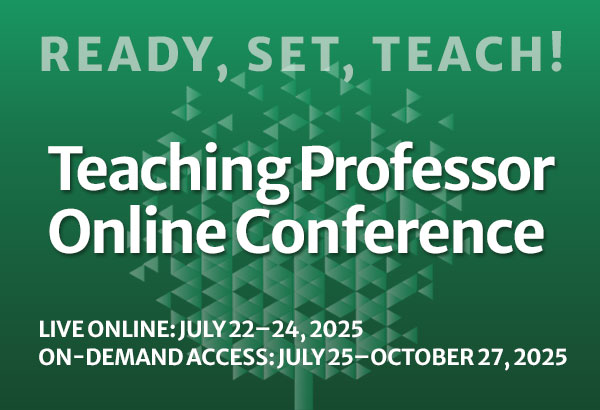
What My Mother’s Beanie Babies Taught Me about Teaching
My mother was not your typical 1990s Beanie Babies collector. She didn’t care whether the little pellet-filled critters that she scavenged for at flea markets and rummage sales and on eBay were in mint condition or whether their heart-shaped name tags were still intact.












